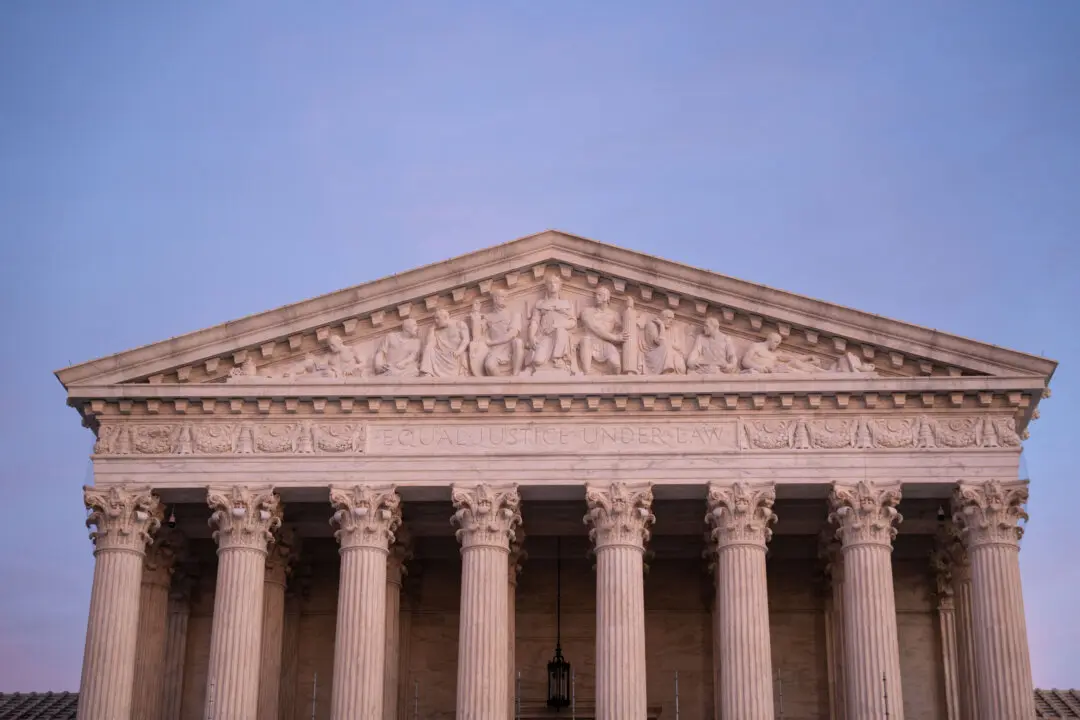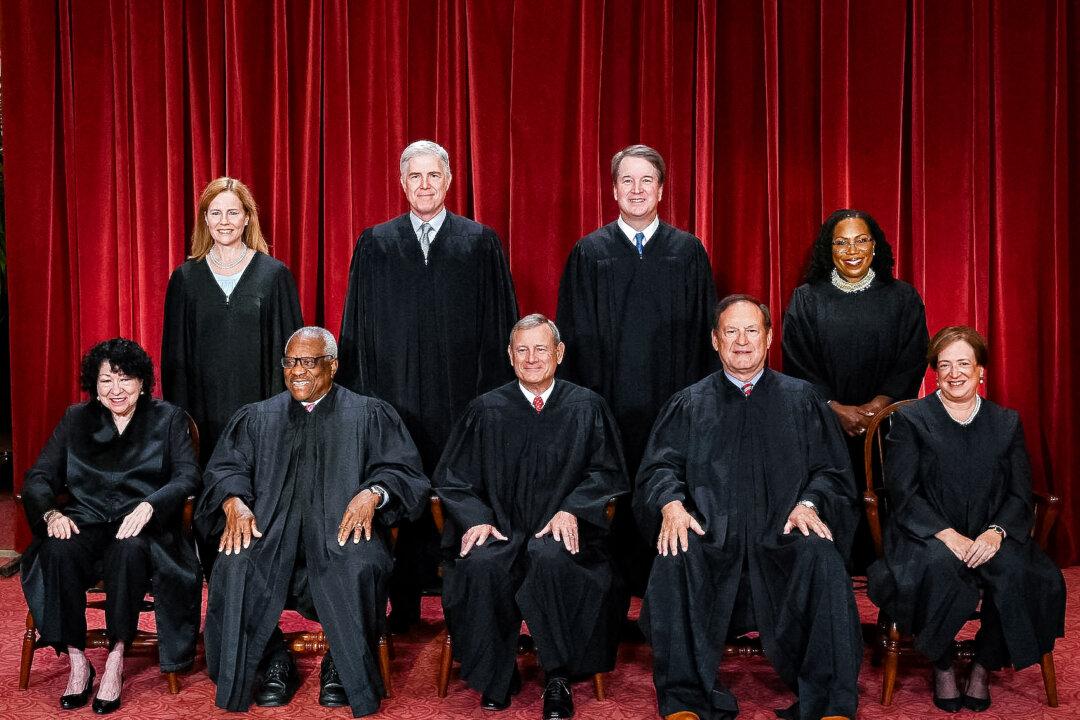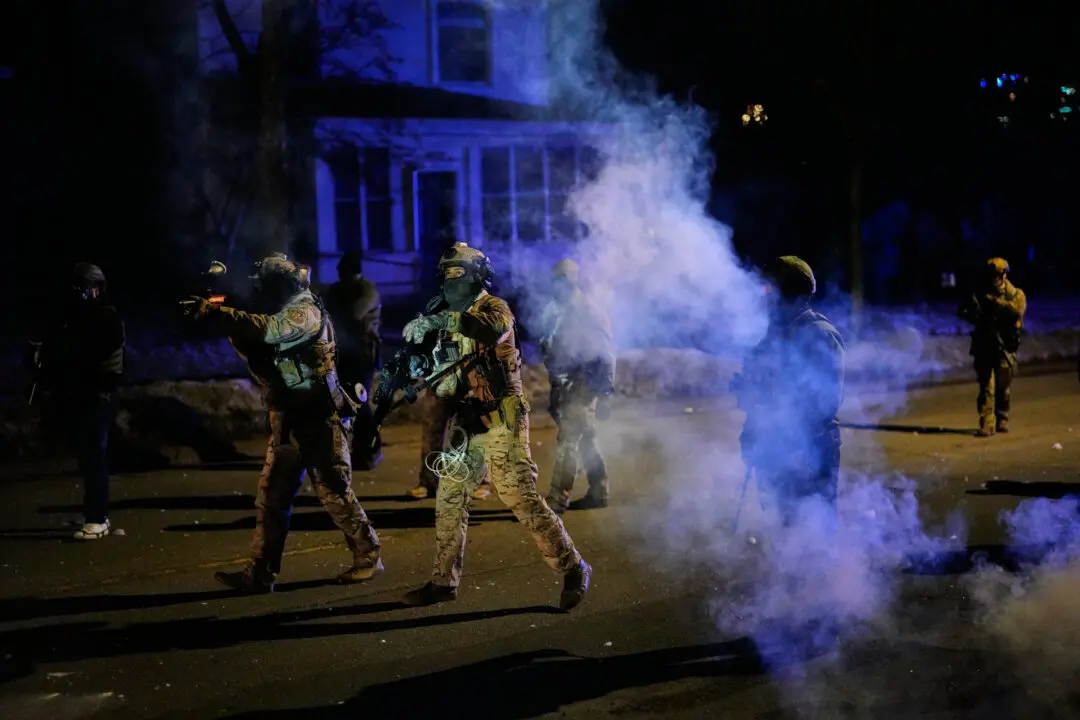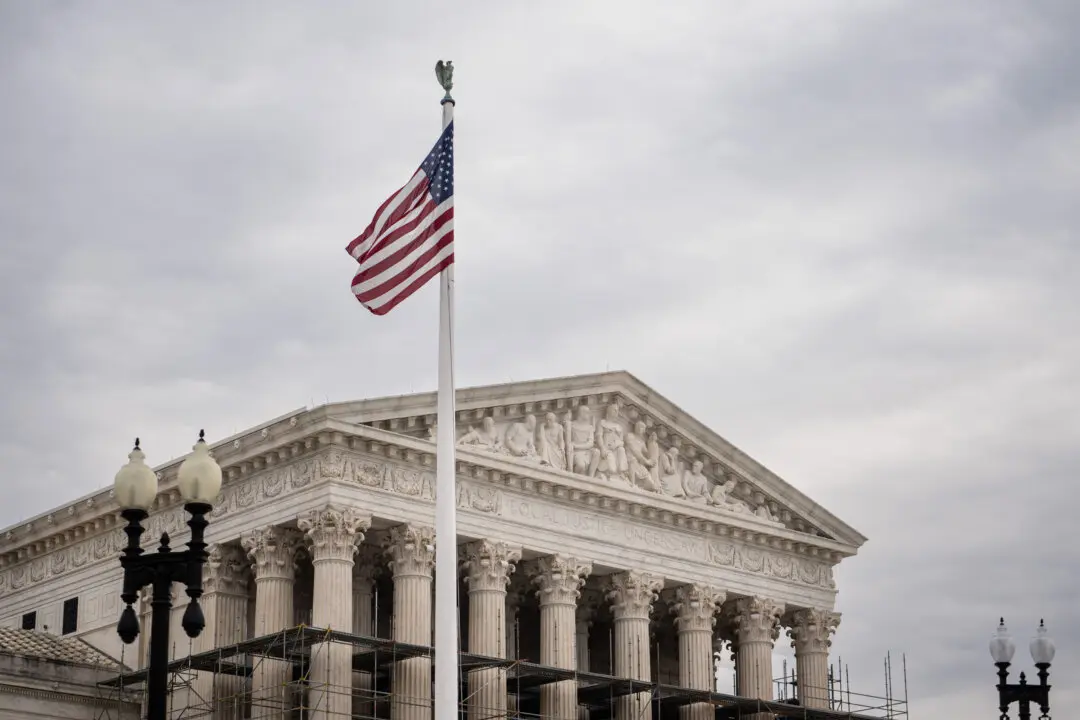The Virginia Supreme Court has given its blessing to new electoral maps for Virginia’s congressional delegation and its state legislature following a process that for the first time kept elected officials out of the decision-making.
The contentious once-in-a-decade exercise included a bipartisan redistricting commission that deadlocked and failed to complete the task. It then fell to the court to appoint two special masters—RealClearPolitics senior elections analyst Sean Trende and University of California–Irvine political science professor Bernard Grofman—to draft the new maps.





